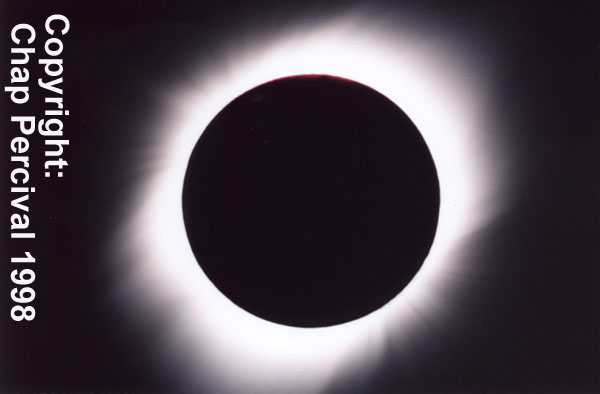Several facts are important to answer this.
- Three objects are involved in a solar eclipse: the Sun, the Moon, and the Earth.
- The Earth and the Moon cast shadows, caused by the sun.
- The Moon orbits the Earth. Occasionally it passes between the Sun and the Earth, its shadow touching part of the Earth. Where it touches the Sun’s light is blocked. That is a solar eclipse. Inside the umbra, you see the sun completely covered, a total solar eclipse (TSE).

That answers the first part of the question. As to why you should go see one. Well, basically, there is nothing quite like it in the world. Everyone should go see at least one. That usually means you have to travel, sometimes a great distance.

The best part of a TSE is the time of transition from partial eclipse to totality. The last part of the sun produces what is called the diamond ring. This last a few seconds and then you see the corona (the atmosphere) of the Sun.

The sky takes on a color only seen during TSEs. The temperature drops The wind calms. Birds go to roost. Street lights come on. Since this happens while the Sun is up, it can seem more than a little weird. After a couple minutes (the duration of the totality varies by location but is never more than 7 minutes) the process reverses. The sun peeks from behind the Moon for a second diamond ring. Then a partial eclipse as the Moon goes away from the Sun. The whole process takes less than three hours.
That is a very brief look at what a solar eclipse is. For a deeper look, check out my book: Go See The Eclipse: A Glimpse of God’s Glory.
A word about eye safety. NEVER LOOK AT THE SUN WITHOUT PROPER EYE GLASSES. The only exception to this is during totality and ONLY during totality. See my post about eye safety.